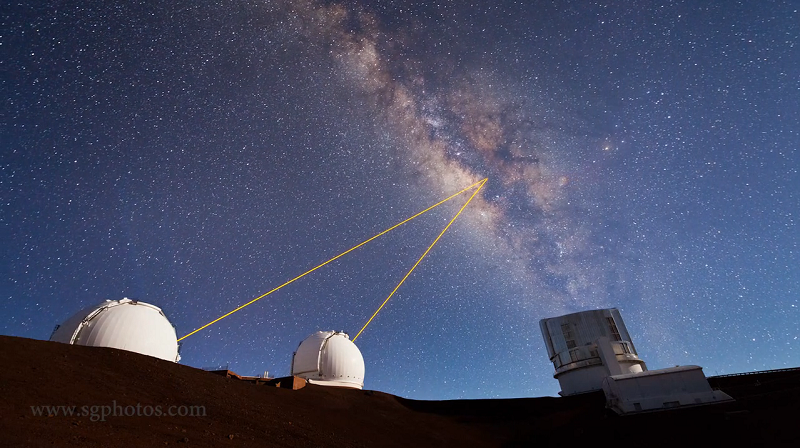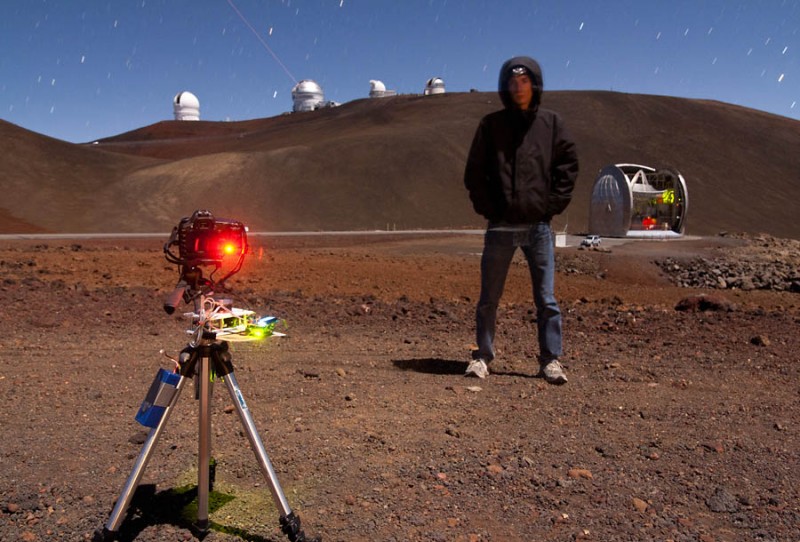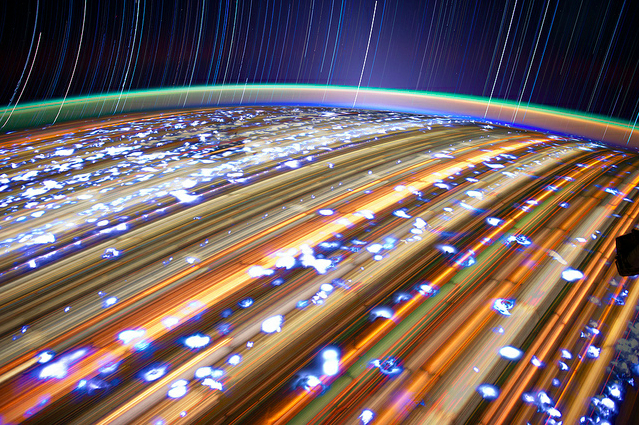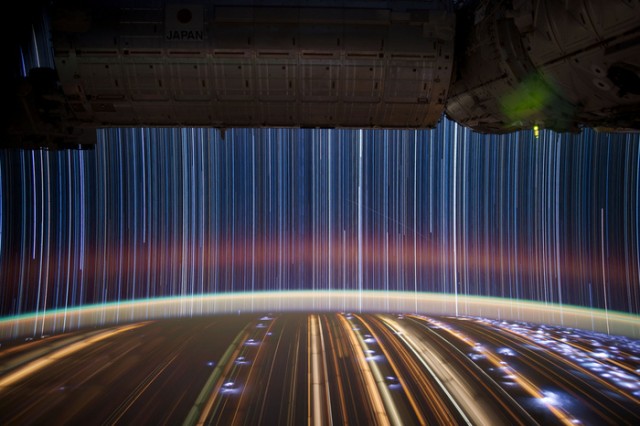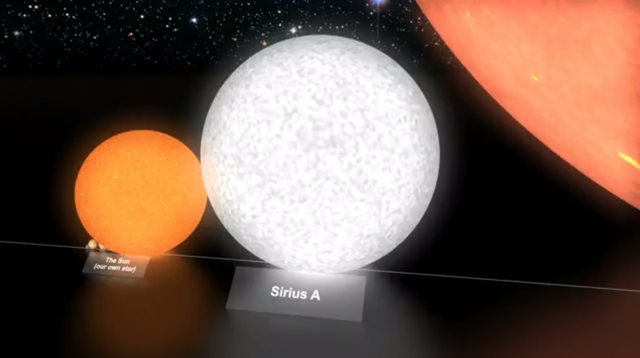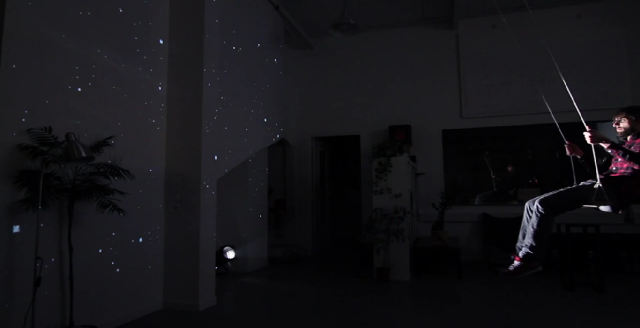Check out this new NASA super zoom video. The film starts with the familiar strip of stars we know as our Milky Way galaxy, but quickly makes its way toward the spiral galaxy, known as ESO 137-001.
buy extra super avana online https://www.mabvi.org/wp-content/languages/en/extra-super-avana.html no prescription
The folks at NASA have described it as a “dandelion caught in a breeze.”
From NASA:
“From a star-forming perspective, ESO 137-001 really is spreading its seeds into space like a dandelion in the wind. The stripped gas is now forming stars. However, the galaxy, drained of its own star-forming fuel, will have trouble making stars in the future.
buy cialis super active online https://www.mabvi.org/wp-content/languages/en/cialis-super-active.html no prescription
Through studying this runaway spiral, and other galaxies like it, astronomers hope to gain a better understanding of how galaxies form stars and evolve over time.
buy viagra super dulox force online https://www.mabvi.org/wp-content/languages/en/viagra-super-dulox-force.html no prescription
“
The zooming video gives a much appreciated perspective about where this galaxy is located, a feature missing from most astronomical photos. It’s quite the view!
-RSB
[via PetaPixel]


